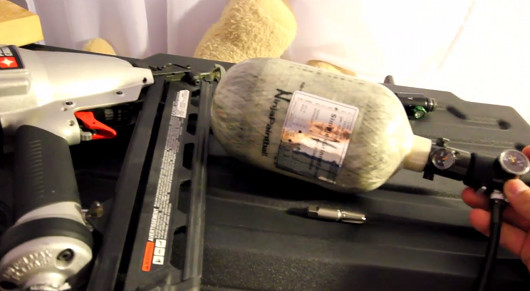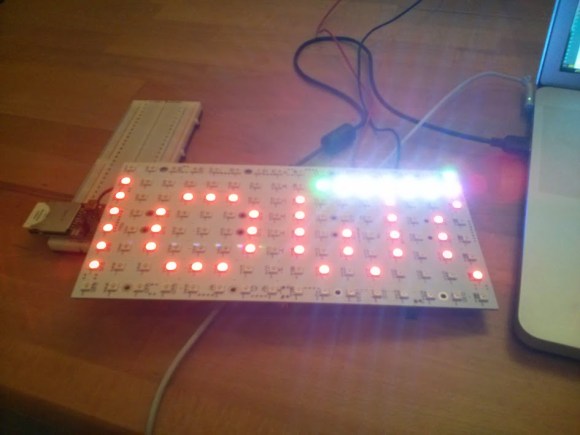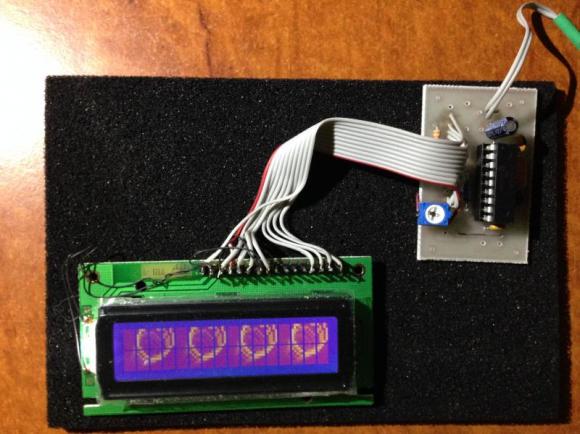To be honest, we’re surprised this hasn’t been tried before — then again, maybe it has! But what we do know is that the folks over at Flite Test have rigged up an electric Airsoft gun to a large RC airplane, aptly called The Kracken.
The planes are a scaled up version of their own FT Versa Wing, which feature two props, giving them the ability of differential thrust. Not only were they able to strap a semi-automatic Airsoft pistol on top, they also have two GoPros filming the action and giving the gunner a POV for shooting down the enemy plane! Don’t worry though, the enemy plane features its own weapon — A permanent marker! This hardly seems fair though, as the closer the marker gets, the easier shooting down the plane will be!
Don’t take our word for it though, check out the awesome video for yourself, after the break.







 There are many more materials deserving of being 3D printed, though: wax for lost wax castings, other foodstuffs for improbably shaped edibles, and ceramics so I can finally print a life-sized, functional version of the
There are many more materials deserving of being 3D printed, though: wax for lost wax castings, other foodstuffs for improbably shaped edibles, and ceramics so I can finally print a life-sized, functional version of the 











